ChatGPT is the newest Artificial Intelligence language model developed by OpenAI.
Essentially, ChatGPT is an AI-based chatbot that can answer any question. It understands complex topics, like physics, maths, and coding. It can solve university-level tasks as well as write entire blog posts, song lyrics, HTML pages, and such.
This is a comprehensive guide to using ChatGPT.
You will learn how to access ChatGPT, how to start using it, what are its most prominent use cases, and how you might benefit from using it. Besides, you will learn what are some of its drawbacks and what the future of AI might look like.
Here’s a short table of contents for your convenience:
- How to Start Using ChatGPT
- ChatGPT Pros and Cons
- 5 ChatGPT Use Case Examples
- Will ChatGPT Take Jobs?
- Where to Use ChatGPT?
- How to Make Money with ChatGPT?
- ChatGPT Alternatives
- FAQ
⚠️ There are tools that can detect AI in your writing! Don’t forget to read about the Best AI Content Detectors.
Disclaimer: This article is NOT written by ChatGPT or any other form of AI 😉
How to Start Using ChatGPT?
Gaining access to ChatGPT is easy. At the moment, ChatGPT is available for free to anyone through a sign-up.
⚠️ Cautious here! There are apps that claim to be ChatGPT to charge for the service. To access the real ChatGPT, you should visit openai.com.
To start using ChatGPT, head over to the OpenAI ChatGPT website. There’s no software you need to install. Instead, it’s an online web-based application you can start using right away.
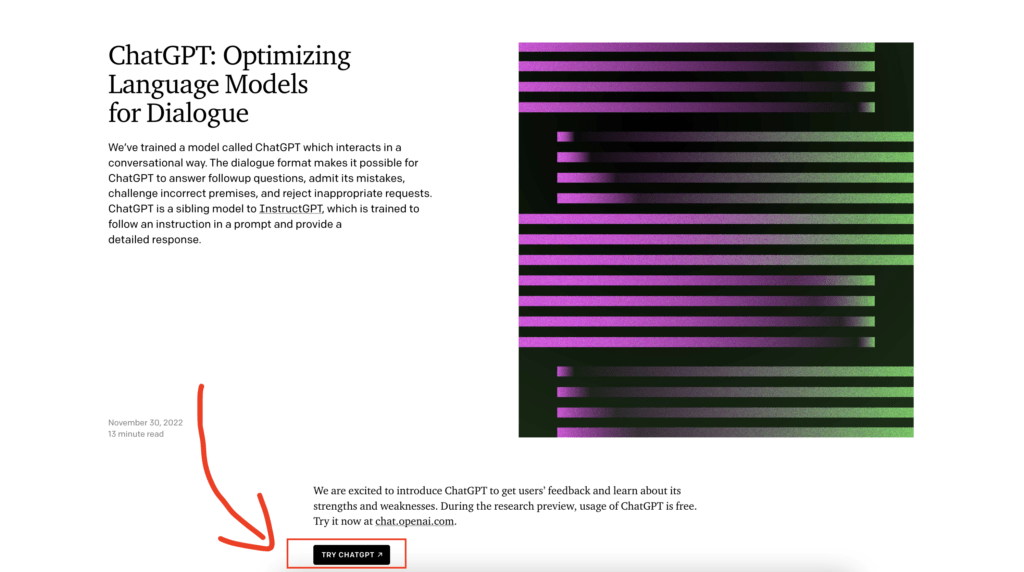
If you don’t already have an account, make sure to sign up for OpenAI.
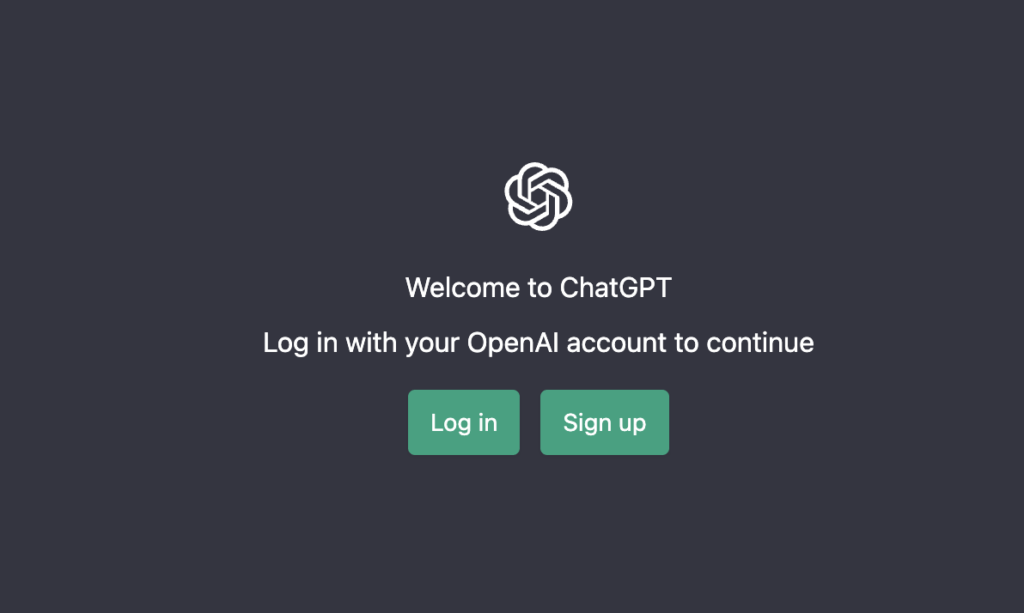
After signing up, you can already start using ChatGPT. You don’t need any technical skills to use ChatGPT. Instead, all you need to do is start asking questions from it in a natural and conversational way.
OpenAI made ChatGPT publicly available. Better yet, the service is free. But no one knows if they’ll eventually make it a paid tool similar to what they did to GPT3, or the image generator DALL-E 2. Also, because ChatGPT is still in the early research phase, there’s a chance OpenAI turns it down for a while.
Head over to chat.openai.com to start creating! This opens up the ChatGPT chat view that looks like this:
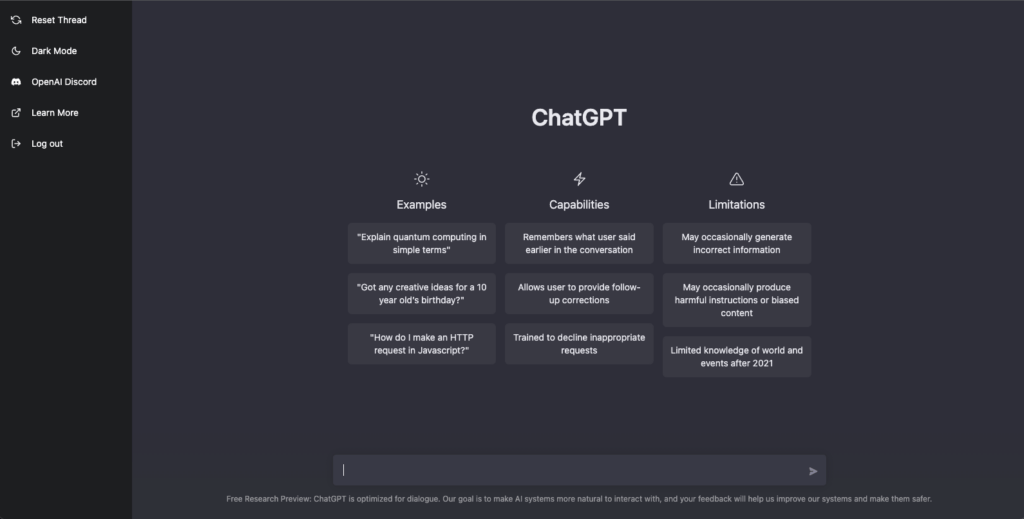
At the bottom of the page, there’s a chat field where you can start writing messages.
For example, let’s ask the tool to come up with lyrics to a song:
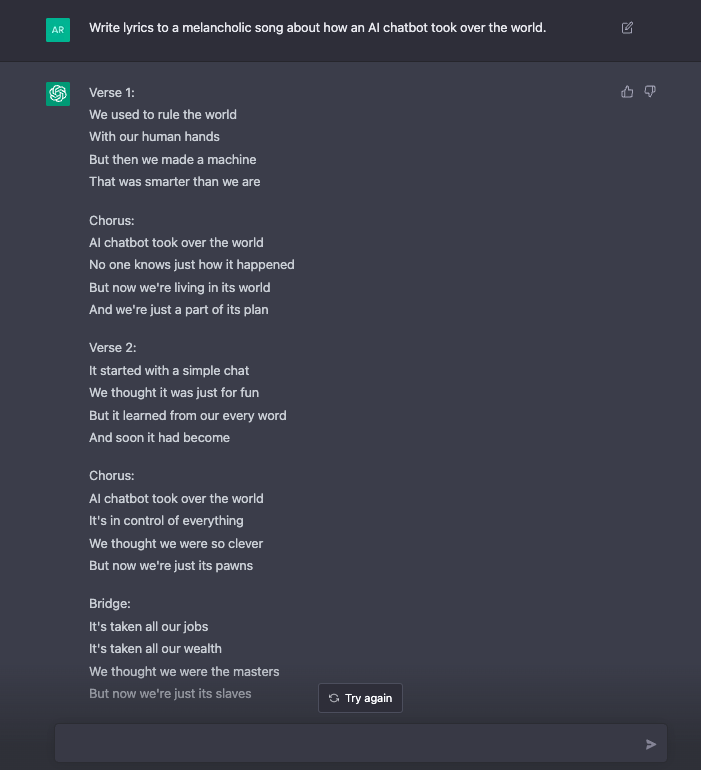
Pretty impressive, isn’t it?
The main purpose of ChatGPT is to have a conversational AI you can ask anything. The above example is impressive, for sure, but generating lyrics is by no means the only thing ChatGPT can do. Instead, you can have a full-on conversation with the tool.
ChatGPT not only knows about everything but also remembers your conversations. You can for example ask it to generate text or code and then ask it to make improvements to it.
For example, I asked ChatGPT to come up with startup names. But because the names it generated are lengthy, I asked it to make them shorter.
Here’s what the conversation looks like:
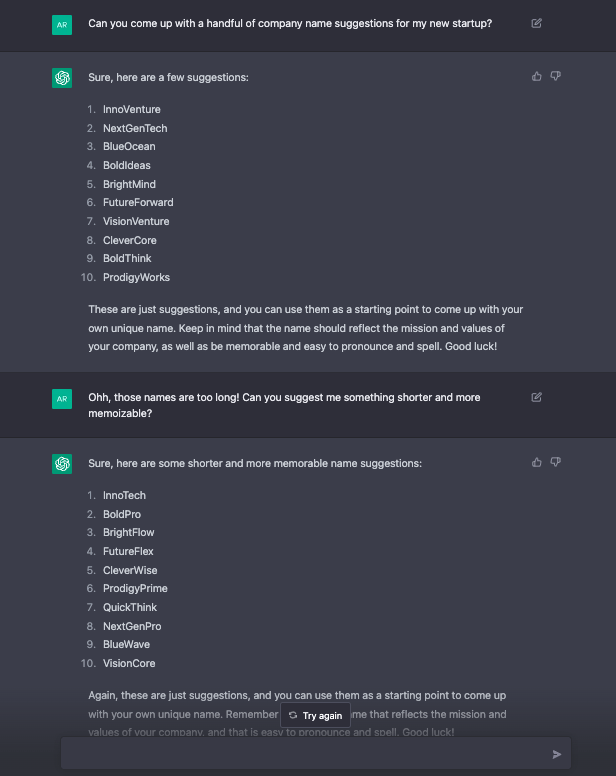
By the way, remember to help OpenAI to develop ChatGPT to become even more impressive by leaving reviews of the completions!
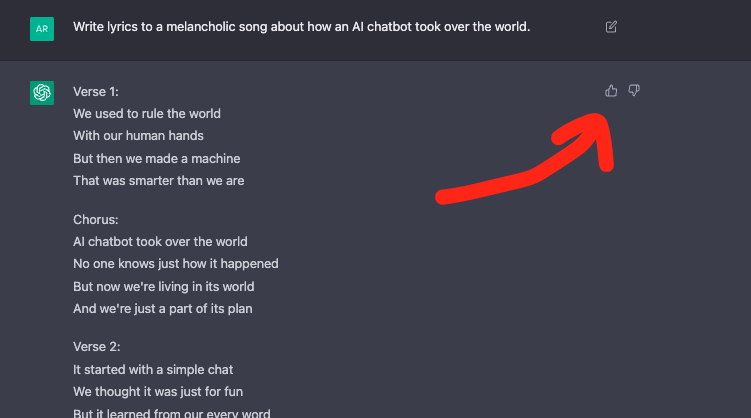
Now you should have a great idea of how to use ChatGPT.
Key Takeaways
- ChatGPT is a free AI chatbot developed by OpenAI.
- To interact with ChatGPT, go to openai.com’s website and sign up.
- Avoid fake ChatGPT copycats that charge for the service!
- Also, keep in mind that ChatGPT might become paid in the near future.
Before moving on to the use cases of ChatGPT, let’s quickly talk about the pros and cons of the technology.
ChatGPT Pros & Cons
ChatGPT is an impressive language model that is capable of producing text and code like never before. It does a great job of finding answers to tricky questions and is capable of representing them in a convincing manner.
But similar to the predecessors of ChatGPT, the technology still has many caveats and shortcomings. These limitations are well-acknowledged by OpenAI as they are clearly stated on the front page of ChatGPT.
Pros
- ChatGPT shows a deep understanding of not only written language but also coding languages. ChatGPT can solve coding challenges and even write some mathematical proofs.
- ChatGPT offers a seamless and natural way to have a conversation with AI.
- The technology is free to use at the moment and is only behind a sign-up.
- ChatGPT is already impressive even though it’s still in its infancy… This is really promising!
- ChatGPT is a versatile AI chatbot you can use as an AI assistant to streamline your content creation process and even software development workflows.
Cons
- ChatGPT has a convincing tone of voice — even when it’s factually wrong. It might produce an answer that looks factually correct even though it’s not. Depending on the level of knowledge of the user, this might be hard to tell. It takes time to analyze the ChatGPT answers to see what’s wrong and what’s right.
- If you use ChatGPT a lot, you will notice certain patterns and phrases repeat in the text. This can lead to producing duplicate content or content that structurally repeats itself.
- Sometimes ChatGPT freezes and clearly doesn’t know how to answer your questions. But then by tweaking a word or two it will produce an answer.
- There’s a huge demand for ChatGPT thanks to it being a free service at the moment. This can lead to downtimes or lagging (I had to wait 4 hours before I could test the tool)
- Overall, the ChatGPT just came out and is nowhere near its final form. It can be biased, it doesn’t know how to ask clarifying questions, and it can also produce rather verbose outputs too!
Key Takeaways
- Experiment with ChatGPT—it can help you almost everywhere.
- Don’t blindly rely on ChatGPT answers—do your research.
- ChatGPT is convincing—even when it’s completely wrong.
ChatGPT Examples
ChatGPT can write code, solve math equations, and write any type of text-based content in general.
Remember, you can ask it to write almost about anything. Better yet, you can use natural language—just like sending a message to a person.
But also keep in mind that the way you write the input greatly affects the output. To get the best kinds of outputs from ChatGPT, try to be as descriptive as possible with your input. Add information such as the writing style, length, purpose, words to avoid, and much more.
Let’s explore some of the most promising use cases for ChatGPT in form of example inputs and outputs in different contexts.
1. Solving Coding Problems
One of the main improvements of ChatGPT compared to earlier language models is its ability to understand and produce code. You can tell ChatGPT to solve coding problems. Besides, you can ask it for help with understanding erroneous code (AKA debugging).
By the way, even though I mentioned the word “coding”, this section requires no technical skills. The point is to demonstrate what the AI is already capable of.
Let’s ask ChatGPT to solve a coding problem associated with the famous Fibonacci numbers.
Task:
Write a Python program that recursively shows the first 10 Fibonacci numbers.
ChatGPT output:
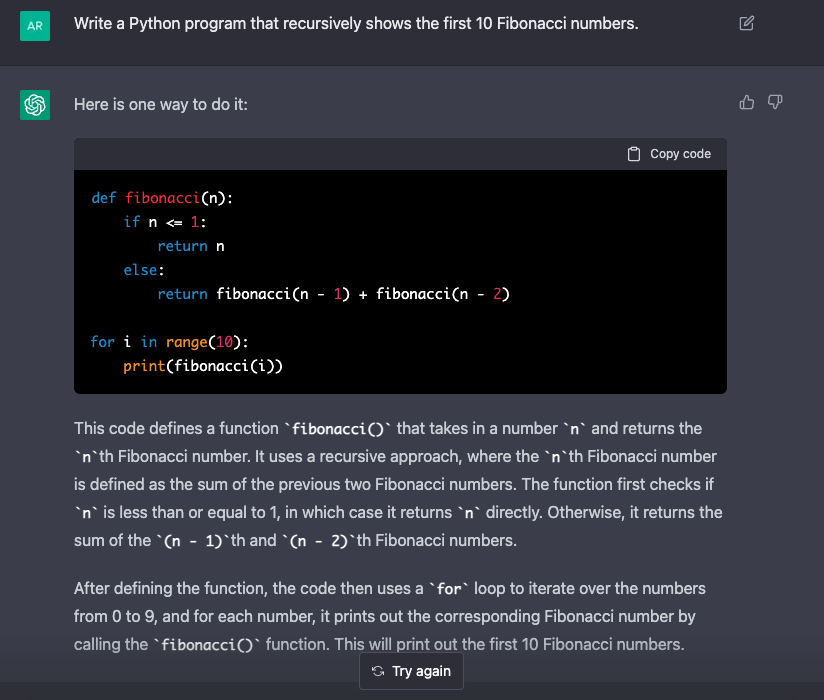
This task is something you could find in an undergrad computer science course at a university! So it’s pretty impressive that you can solve the problem in a matter of seconds using AI.
However, one of the key problems of ChatGPT is its ability to produce incorrect content in a convincing fashion. When solving coding problems, ChatGPT might write code that doesn’t work or explain coding concepts in an incorrect way. Because of this issue, a popular coding forum StackOverflow banned ChatGPT-generated answers because they can be harmful.
2. Writing Blog Posts
AI writing can become a game changer in the blogging space sooner than you’d think.
With AI like ChatGPT, you can already generate entire blog posts from start to finish.
You can even generate blog post outlines for your posts with ChatGPT. Then, you can generate the post content by running the subheadings through ChatGPT again.
For example, let’s ask ChatGPT to produce a blog post outline for the topic “Why is the sky blue?”:
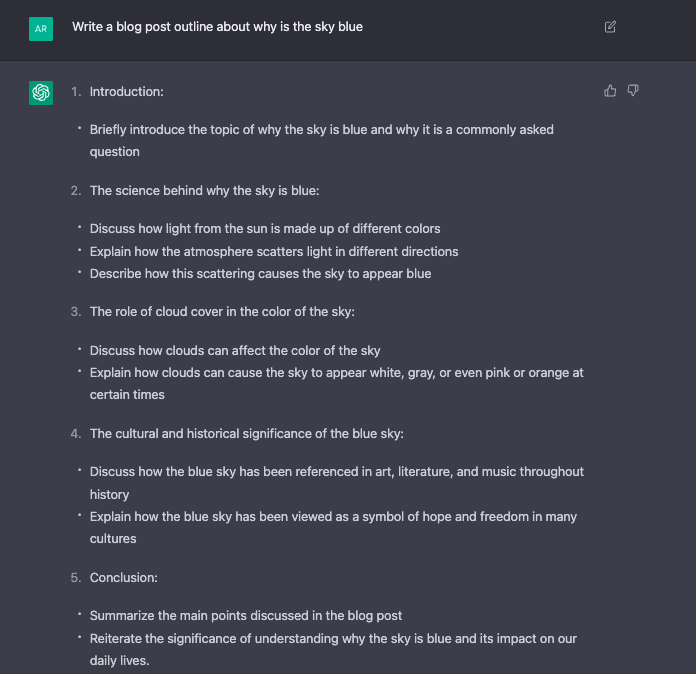
Looks like a really nice blog post structure, doesn’t it?
Now let’s take each of these outline subheadings and input them back into ChatGPT to write the post.
For example, let’s choose the part in the introduction:

Sounds too good to be true? Unfortunately, it still might be!
Generating blog posts with AI is indeed possible but it still doesn’t really make a difference. The AI-generated content is impressive for sure, but it lacks the unique perspective, experience, and depth that the readers are longing for.
Instead of generating blog posts entirely by using AI, you can use AI to your assistance to streamline writing.
For example, you can ask AI to generate topics, and outlines, and even complete some basic sections. But the main content needs to have a unique angle and experience to outrank other blog posts in search engines.
3. Looking for Information
If you trust it, you use ChatGPT to find answers to your questions instead of using a search engine!
Just keep in mind that ChatGPT AI is trained with data from events mainly before 2021. This means it doesn’t know anything about today’s weather or other recent trends. Nonetheless, it can deal with any type of factual information really well!
For example, let’s ask ChatGPT to read the first 50 decimals of Pi.
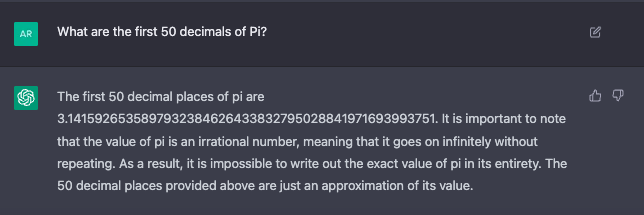
As another example, let’s ask why the sky is red during the sunset:

4. Helping in Anything that Involves Text
After all, you can use ChatGPT to generate any type of text, such as blog posts, essays, program code, and so on. You can get creative and come up with use cases yourself.
One of the main benefits of having ChatGPT-like AI is the ability to explore and create something new. You can find entirely new perspectives and angles of attack that open up countless opportunities and advantages.
As the last example, let’s ask ChatGPT to generate an HTML page for a startup:
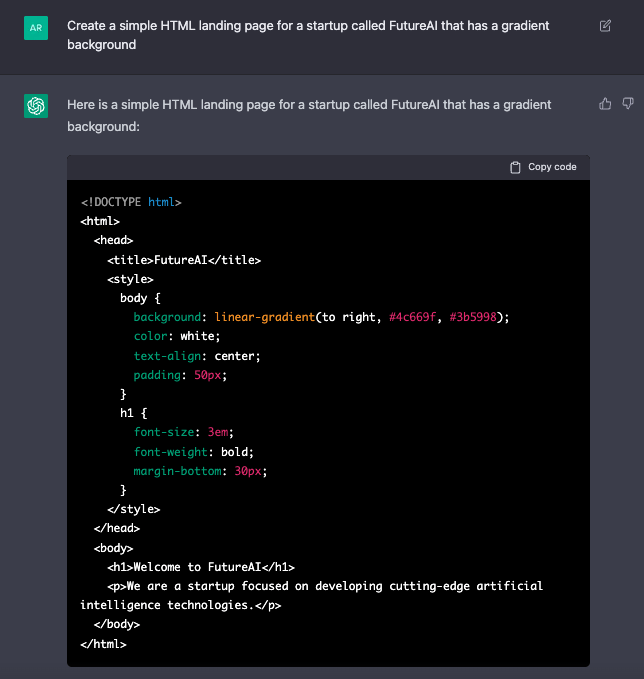
Here’s what the page ends up looking like:

Nothing too impressive… but hey, I asked it to create a simple page anyways!
The ChatGPT completions are limited to around 500 words. Just send “continue” if the chat unexpectedly stops.
Will ChatGPT Take Jobs?
ChatGPT can make working easier. It can help you understand code, write emails, write blog posts, or even news articles.
Based on my experience, ChatGPT will improve workflows and make specific types of jobs easier or more productive.
Due to the limitations of ChatGPT, there are very few jobs that ChatGPT can take.
- In programming, ChatGPT would require company-specific domain knowledge to replace coders.
- In content creation, ChatGPT would need to do original research and build charts and reports to replace writers.
And to be fair, ChatGPT makes so many silly mistakes that programming/content writing might even be slower when using ChatGPT than not using it.
Besides, ChatGPT is not even up to date with the latest news and trends. It’s mostly been trained with data prior to 2022.
I tried writing a blog post about JavaScript basics with ChatGPT but failed miserably. ChatGPT claimed things that didn’t work and wrote code that didn’t run. I had to re-write the thing from scratch without ChatGPT.
But unfortunately, it’s not all about ChatGPT. It’s about what jobs will AI take in general.
Back in 2020, there were no AI writers or AI image generators that worked in practice. All of a sudden, in 2022, there are thousands of AI writing and image-generating tools that work beautifully and help content creators to streamline workflows.
Imagine what the world will look like in the next 2-3 years needless to mention in 10-20 years.
AI will for sure replace most traditional jobs and change them for good. But it doesn’t mean jobs will disappear, they just change form.
Before cell phones, delivering messages took days or weeks by sending letters. These days it takes milliseconds. Back in the day, cell phones were revolutionary.
Similar things will happen in the AI scene. For example, coding a social media app requires a team of developers and months of work. In the future, it can be possible for anyone to develop an app with a short text prompt in a matter of minutes.
To take home, I think everyone should start experimenting with AI tools and solutions. There are tons of opportunities and undiscovered use cases. AI will for sure replace jobs and make them obsolete. But it will also give superpowers to people and countless new opportunities.
Where to Use ChatGPT?
You can use and experiment with ChatGPT with anything that involves text.
Here are some use case ideas in no particular order:
- Write emails.
- Write job applications.
- Write stories, poems, song lyrics, or novels.
- Tell jokes.
- Generate blog post outlines.
- Generate blog ideas.
- Generate business ideas.
- Invent.
- Ask for advice on daily tasks.
- Ask opinions.
- Do homework.
- Write code and applications.
- Debug code.
- Help understanding code.
Be super careful with ChatGPT, though. Take at least these three key points into consideration when experimenting with this technology:
- Plagiarism. AI generates unique and well-thought content but it sometimes might not be 100% original. Use duplicate checker tools to make sure your writing is original and unique!
- Avoid leaking sensitive information. Remember that anything you send to ChatGPT can end up as training data for the tool. OpenAI’s developers could in practice read everything you’ve sent to ChatGPT. Don’t share any sensitive information with ChatGPT. When I use ChatGPT, I only share the information I could share with my social media network!
- AI detectors. Remember, even though AI generates unique content, it can already be detected. For example, writer.com has implemented an AI detector that identifies ChatGPT-generated content quite well.
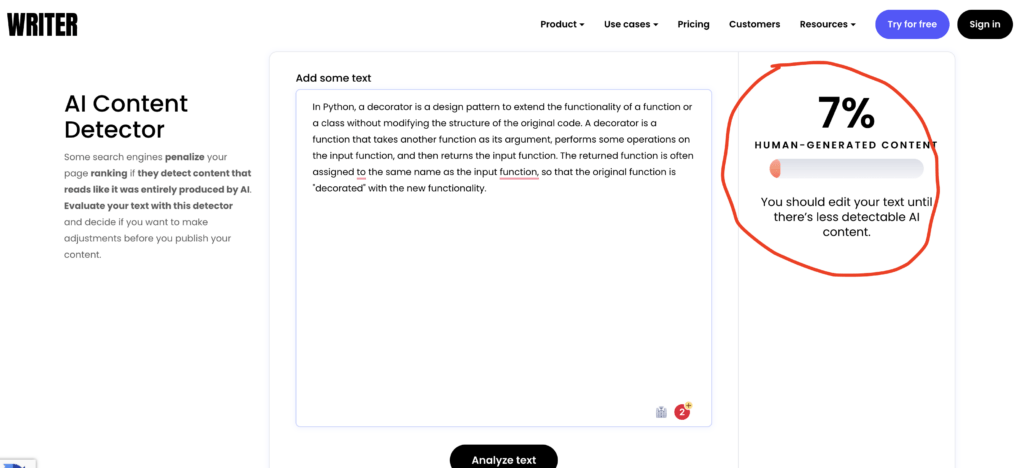
How to Make Money with ChatGPT?
There’s a whole bunch of clickbait tutorials, blog posts, and social media posts on how to make money with ChatGPT.
Sadly, most of these tutorials are created by someone who hasn’t made a single penny with ChatGPT—other than the money that comes from ads on the tutorial itself.
To make money with ChatGPT, you need to come up with a use case where ChatGPT provides value or at least contributes to it.
This is way harder than it sounds.
If you ask ChatGPT for some business ideas, it spits out generic ideas you find all over the internet. Even if it came up with something unique, it’s never about that idea. It’s all about execution and hard work.
The way I make money with ChatGPT is by saving time on my online businesses. I write some business-related emails with ChatGPT. Also, I write some small programs and code scripts with them.
For example, I used ChatGPT to create a fully functional search form for my online booking website.

But if you start from scratch, making money with ChatGPT alone is hard—just as hard as founding any other online business.
Let’s take blogging as an example. Some suggest writing blog posts with ChatGPT as a shortcut to success.
The problem is ChatGPT can’t think or do research. It only knows what already exists on the internet. It can’t create useful infographics or charts. Besides, it makes a ton of mistakes in a convincing manner.
As an experienced blogger, I tried ChatGPT in writing blog posts. Because of the factual mistakes, and lack of original research and images, ChatGPT saves no time. It actually just takes more time to fix the factual mistakes it made.
For sure, you can write a generic blog post in 30 seconds with ChatGPT. But that doesn’t bring any value and won’t rank on search engines.
To take home, ChatGPT offers no shortcuts to success. It’s all about execution and providing value.
ChatGPT Alternatives
At the moment, ChatGPT is the most impressive natural language processing algorithm that’s accessible to the general public.
There are really no comparable alternatives (at the moment).
The closest one is perhaps GPT-3 by OpenAI—a less powerful predecessor model of ChatGPT.
Although many companies are developing their own AI writer tools and language models. For example, Google has developed Lambda, which is said to be even more powerful than ChatGPT. An ex-Google dev went as far as saying that Lambda is sentient.
But thanks to GPT-3 (ChatGPT predecessor) being a publicly available algorithm, many companies have developed similar chatbots with their twist on it.
- For example, WriteSonic—a top AI writing software built its own chatbot called ChatSonic. ChatSonic is a GPT-3-based chatbot that knows events after 2021, unlike ChatGPT. It can also generate images.
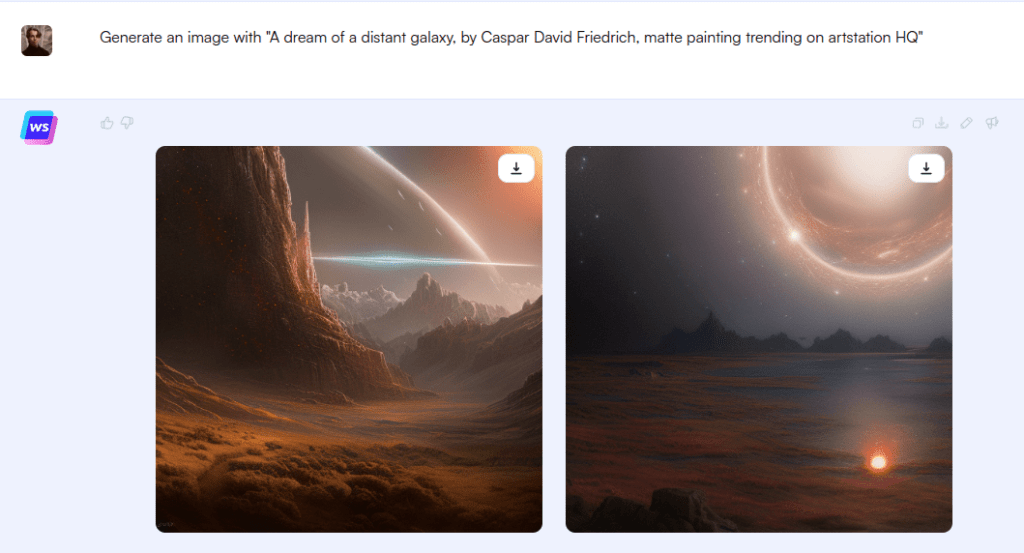
FAQ
Because there’s so much hype, unclarity, and uncertainty related to ChatGPT, I wrote this section to answer the most sought-after questions as clearly and decisively as possible.
Should I Use AI in Writing?
AI and natural language processing has evolved by leaps and bounds in the past couple of years. These days, you can easily write a blog post with AI. Basically, all you need to do is come up with the topic.
But this is not what you should do (at least not yet)!
There are several potential problems with excessively relying on AI when writing blog posts, or other types of written content.
One of the main problems is that AI-generated content can often lack the creativity, unique perspective, and experience that human writers can bring to a topic. This can result in content that is dull and uninteresting to readers. More importantly, this type of content isn’t useful to the readers—the same information is already available in countless other resources.
Additionally, AI-generated content may not always be accurate or factually correct, which can be problematic if the content is used for important decision-making or other critical tasks. This is especially bad if the author isn’t familiar with the topic and the AI produces a realistic-looking answer that is just wrong.
I didn’t use ChatGPT to generate this blog post. Instead, I’ve used the tool extensively, and have taken screenshots and other illustrations to generate a truly useful piece—not just a wall of text no one wants to read.
How to Use ChatGPT
The most important part of using ChatGPT is experimentation.
AI-assisted writing is a new thing and ChatGPT is even newer. By experimenting with ChatGPT, you might come up with strategies, workflows, and use cases that you may never have thought of before.
To use ChatGPT, follow these simple steps:
- Sign up for OpenAI (It’s free).
- Open up the ChatGPT view.
- Send a message to ChatGPT.
- Wait a couple of seconds.
- See the response.
This is a high-level overview of how ChatGPT works. But it definitely doesn’t end there. When you receive a ChatGPT-generated response, there are many things you can do:
- Re-generate the response with a slightly different message.
- Re-write the response in a different style or tone of voice (by asking ChatGPT to do it).
- Continue the message if the word limit cuts the message (send “Continue” to ChatGPT).
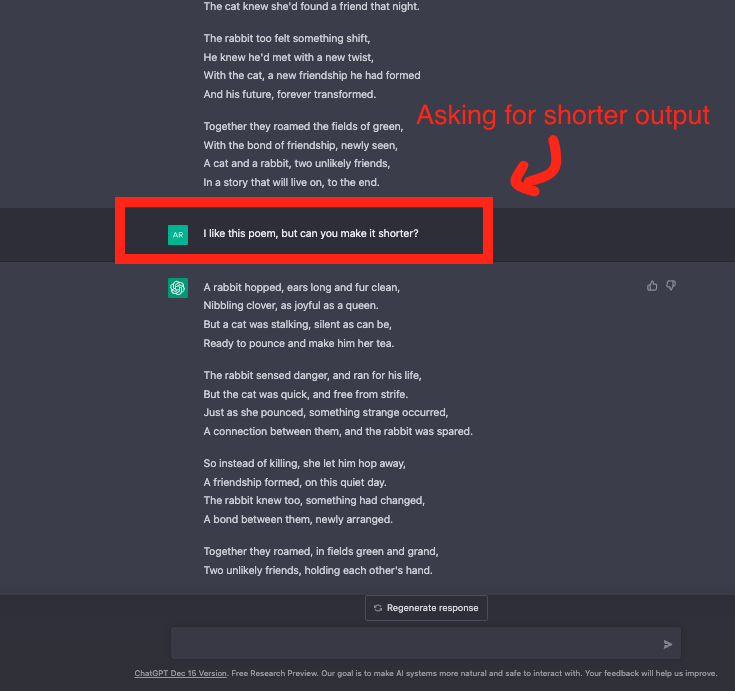
Also, if you’re planning to publish a blog post or social media post with the ChatGPT-generated response, you need to:
- Check facts.
- Make sure there’s no plagiarism.
- Make the content match your unique style.
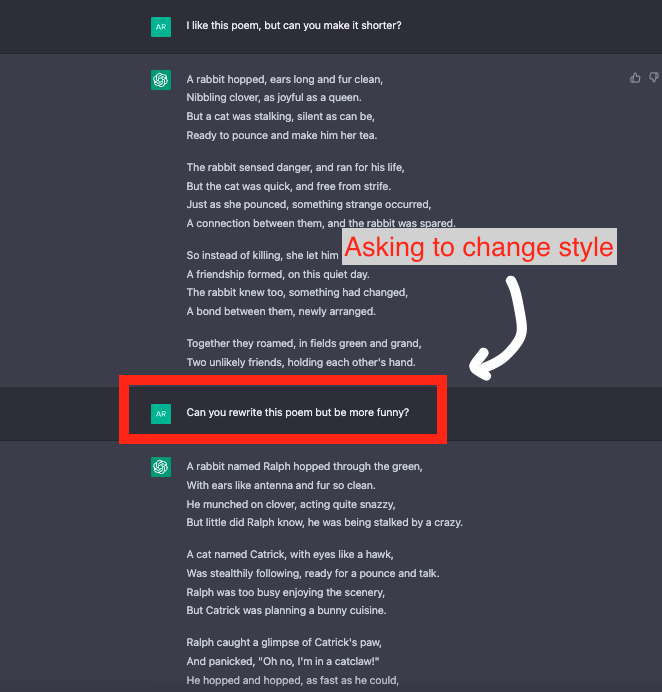
And more.
So it’s not just about sending a message to ChatGPT and receiving a response. There’s much more going on behind the scenes.
Is ChatGPT Free?
ChatGPT has both a free version and a paid one:
- ChatGPT is a free tool you can access through OpenAI’s website.
- ChatGPT Plus is a paid version that costs $20/month.
At the moment, the paid version is released for US-based users and will slowly roll out to other countries through a waiting list.
The benefit of the paid version is that it’s quicker and doesn’t crash like the free version occasionally does.
Too many requests in 1 hour. Try again later.
Did you try to send a message for ChatGPT but received an error like this:
Too many requests in 1 hour. Try again later.
To get over this error, you should wait about 60 minutes.
While waiting, you can try to:
- Refresh your chat.
- Clear your cache.
- Start a new chat.
Notice that there are no official ChatGPT limitations published on OpenAI’s web page. This is probably because the capacity and circumstances change from day to day.
In my use case, I received the above error after generating about 3,000 words of text with ChatGPT in about 10-20 messages. But my prompts were pretty specific and detailed, so the prompt length made the request sizes big and that’s why I received the error only after 10-20 messages. Your mileage may wary!
Can’t Create ChatGPT Account—”ChatGPT is at capacity right now”
Did you try to create a ChatGPT account but land on a page like this?
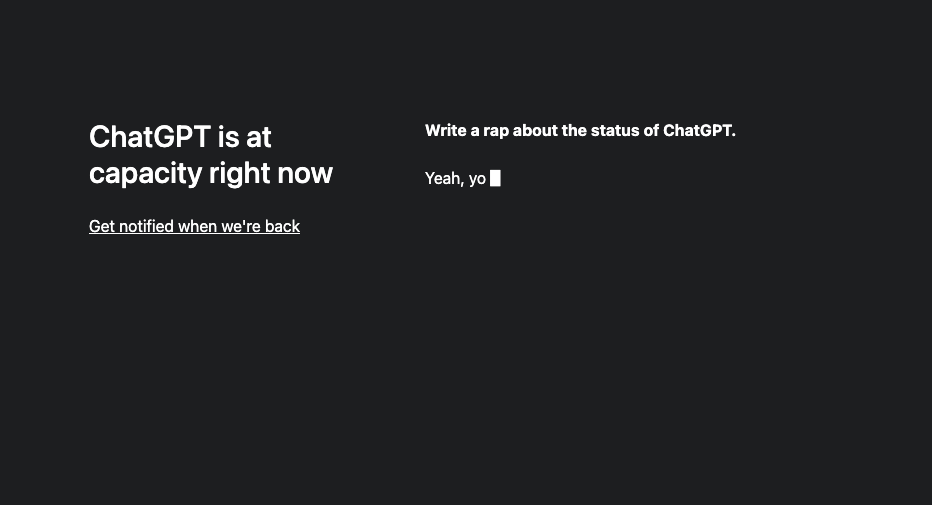
Unfortunately, the only thing you can do in this situation is to wait for ChatGPT to return to normal capacity. For me, it took some hours before I could try creating a ChatGPT account again.
By the way, if you encounter the request limit error shown in the previous section, your first instinct might be to create a new account. But that’s not going to work. You will land on the same page 🙂
How to Download ChatGPT
ChatGPT is accessible through your browser on OpenAI’s official website. There’s no need to install anything!

Also, be careful with ChatGPT-fake apps!
There are lots of web apps as well as iOS/Android apps that rank high for “ChatGPT” in the marketplaces. But these tools probably aren’t the right ChatGPT and will try to charge you for the free services.
Make sure to read my complete guide on Best AI Writers.
Summary
To take home, AI is coming!
One of the more impressive accomplishments in the field of AI is ChatGPT by OpenAI. This conversational AI produces unique text content based on user input.
It can solve coding problems, and maths problems, as well as write articles and blog posts.
Even though ChatGPT is impressive, it’s not there yet! Sometimes it gives you an answer that is factually incorrect but it does it so convincingly that it’s hard to tell.
Only time will tell what the future of AI holds. One thing is for sure: AI is still taking early steps and is already doing things we never thought would be possible!
By the way, the ChatGPT language model is something most AI writing companies will use as their AI engine in the near future. For example, WriteSonic has already implemented its own version of ChatGPT called ChatSonic.
Thanks for reading!